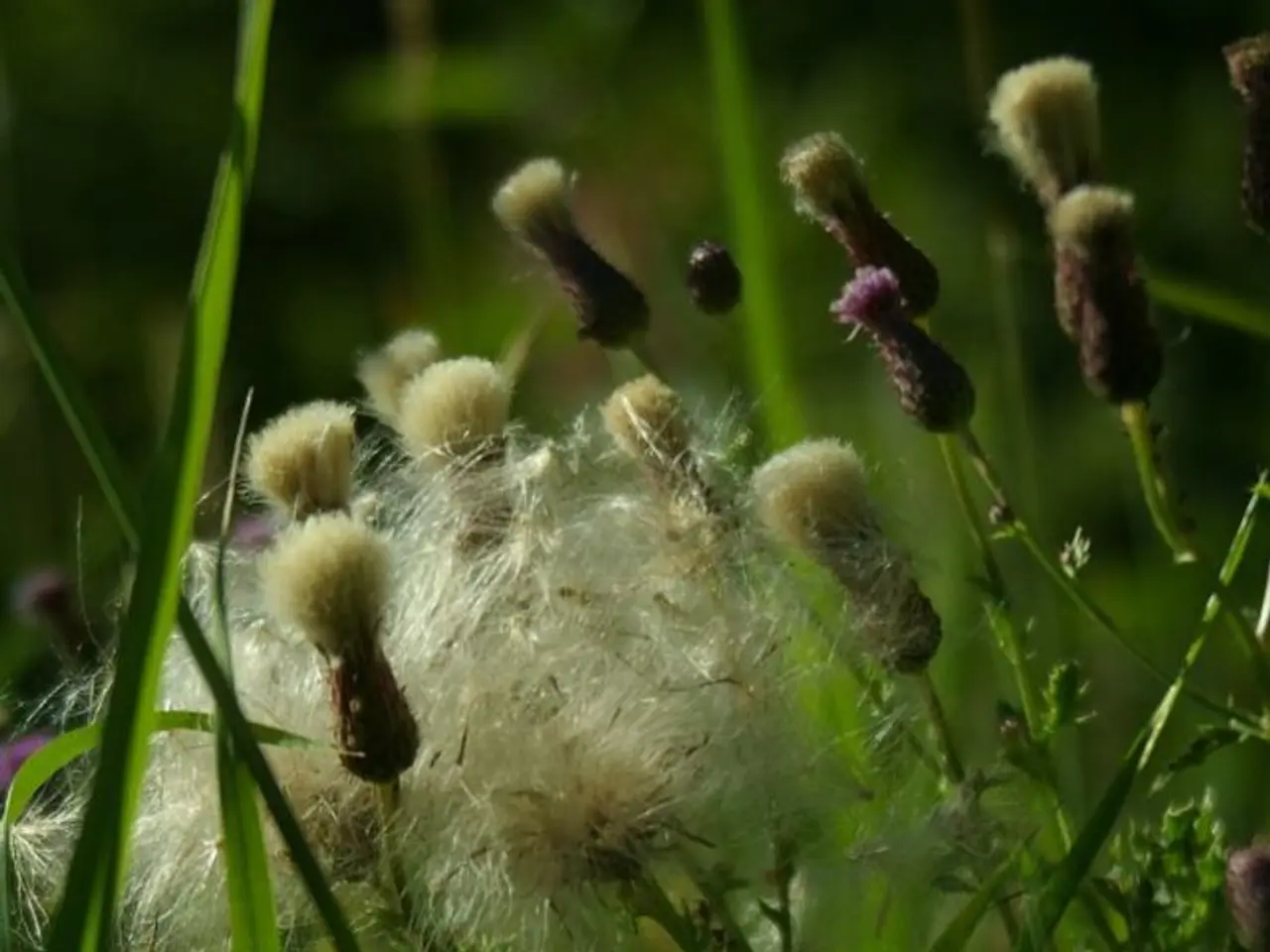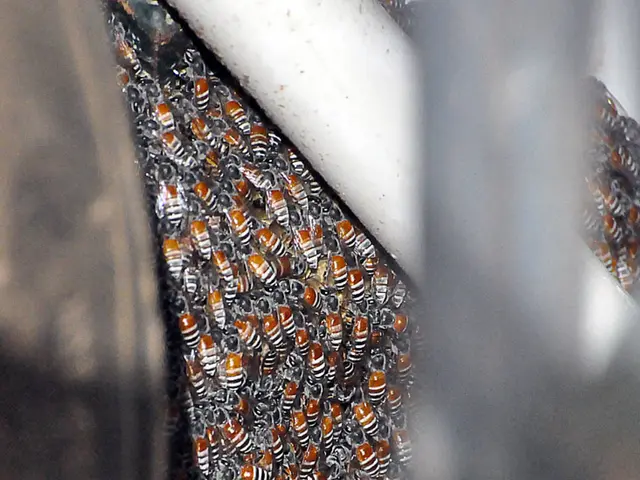Enhancing grass vigor organically: Steps to maintain a lush lawn without resorting to manufactured substances
In today's world, taking care of our environment is more important than ever. One way homeowners can contribute to this cause is by adopting a sustainable natural lawn care routine. This approach not only promotes soil health but also reduces chemical use and protects local wildlife. Here's a guide to help you implement this eco-friendly lawn care strategy.
**Prioritizing Soil Health**
The foundation of a healthy lawn lies in the soil. To enrich it naturally, use organic amendments such as compost, which boosts microbial activity and nutrient cycling without synthetic chemicals. Additionally, practice reduced tillage or no-till methods to preserve soil structure, retain moisture, and protect beneficial fungi and microbes. Applying cover crops or biodegradable mulches can also protect soil from erosion, retain moisture, and add organic matter as they decompose.
**Choosing Eco-Friendly Plantings**
Incorporating native plants adapted to your local climate and soil is crucial. These plants require less water, fertilizer, and pesticides, while supporting local wildlife such as pollinators, birds, and beneficial insects. Consider native grasses like buffalo grass or blue grama, which develop deep root systems that improve soil water retention and stabilize soil. Clover can also be used as a ground cover or lawn alternative, as it fixes nitrogen naturally, improves soil fertility, and attracts beneficial pollinators while staying green in drought conditions.
**Reducing Chemical Inputs**
Avoid synthetic fertilizers and pesticides and opt for organic mulch and natural pest control methods that encourage healthy ecosystems in your lawn. Employ precision nutrient application techniques that target fertilizer use, reducing excess chemical runoff and compaction.
**Water Conservation and Landscape Design**
Use xeriscaping principles with drought-resistant regional plants and eco-friendly hardscaping materials like permeable pavers or gravel to minimize irrigation needs and chemical use. If water conservation is critical, consider artificial turf, but be aware that it eliminates wildlife habitat.
**Enhancing Biodiversity to Protect Wildlife**
Plant a variety of pollinator-friendly species such as native wildflowers (e.g., black-eyed Susans, goldenrod) to support bees and butterflies. Create habitat-friendly lawn edges or wildflower border zones to encourage local fauna.
By combining organic soil practices, native and beneficial plant choices, chemical reduction, and wildlife-supporting landscaping, you foster a sustainable lawn that is resilient, ecologically balanced, and resource-efficient.
Here's a summary table of the sustainable practices, their benefits, and key aspects:
| Aspect | Sustainable Practice | Benefits | |----------------------------|-------------------------------------------------|-------------------------------------------| | Soil Health | Compost, no-till, cover crops, organic mulch | Improved fertility, moisture retention, microbial health | | Plant Selection | Native plants, native grasses, clover | Low water/fertilizer need, supports wildlife | | Chemical Reduction | Avoid synthetic fertilizers/pesticides, precision application | Reduced pollution and soil degradation | | Water Conservation | Xeriscaping, drought-resistant plants | Less irrigation, drought resilience | | Wildlife Protection | Pollinator-friendly plants, habitat zones | Boosts biodiversity, supports local fauna|
Following these guidelines leads to a thriving natural lawn that benefits both the environment and the local ecosystem. Aeration addresses the underlying problem of compacted soil, while most grass varieties thrive in soil with a pH between 6.0 and 7.0. Organic fertilizers release nutrients slowly as soil microbes break them down, and grass clipping recycling returns valuable nitrogen to your lawn. Beneficial nematodes target specific lawn pests without harming beneficial insects or soil biology, and corn gluten meal builds cumulative results over several seasons while adding nitrogen to the soil. Your lawn becomes not just a showcase but a contribution to community wellbeing.
- For a holistic approach to home-and-garden care, consider incorporating soil testing as part of your lawn care strategy, ensuring the organic amendments used are suitable for your lawn's soil type.
- Adopting sustainable lawn care practices extends beyond the lawn itself; by embracing science-backed methods, you can also contribute to health-and-wellness and lifestyle choices that support a wider ecological balance.
- In addition to embracing a sustainable lifestyle, a well-managed lawn can contribute to the beauty and overall aesthetic of a home-and-garden, enhancing its curb appeal and value.
- Aside from gardening, proper lawn care can be viewed as a form of fitness-and-exercise, offering homeowners a chance to engage in a physical activity that promotes a better understanding and connection with nature.




